Sustainable practices have been very important looking into our precious Future. The same has been felt also by the construction Industry around the world to adapt and flex according to the current climatically entailing Urgencies.
Therefore, the Industry has taken up the significant task of Researching and developing various Sustainable Buildings, neighbourhoods and working on Cities to forge them sustainable. Buildings Multiply into neighbourhoods, neighbourhoods collectively turn into cities. However, to contrive a sustainable city , the task is hefty as it depends on multiple factors, most importantly the populace.
Multiple factors like livability, renewable energy generation, Green Transportation, Sustainable ways of waste management , Disaster management also contribute towards creation of sustainable cities.
But Since cities are more dynamic and ever changing, for sustainability to be achieved is challenging therefore , creating sustainable neighbourhoods has been a goal now and in the long run these neighbourhoods can multiply to become a sustainable city.
There have been many such neighbourhoods which proved to be prosperous around the world. One such project has been the Demo neighbourhood project of Austria, A Zero Emission Neighbourhood. It is headed by Synikia, under which multiple other demo functional neighbourhoods have been created.
These neighbourhoods tend to set an example for better sustainable growth for tomorrow.
Many in the Industry have put up the initiative to work towards it.
Samoo Architects and engineers are amongst them to step forward and take up such an initiative to build such a Neighbourhood in Korea. It would be one of the first kinds in Asia.
And the First sustainable Floating city for the entire World.
It will be designed for the city of busan and will reportedly stand as a prototype.
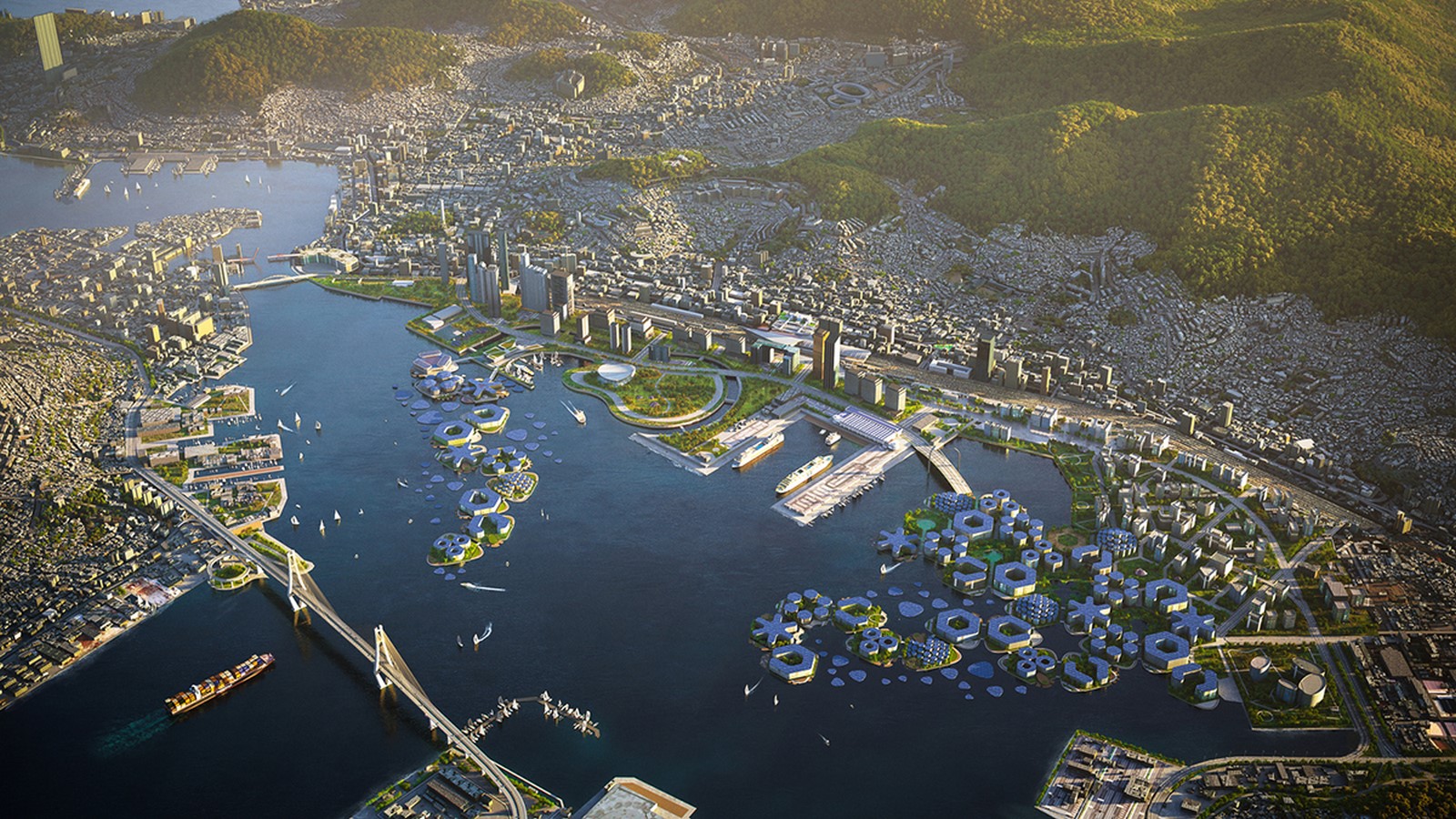
Busan is located in the southernmost tip and is known to be the second largest city in Korea after Seol, its capital.It has a record of experiencing a large number of typhoons and calamities like Flood. And over the recent years the number of flood events that took place in Busan, exceeded the normal situation for that city (Mahyat Shafapour Tehrany, 2014).
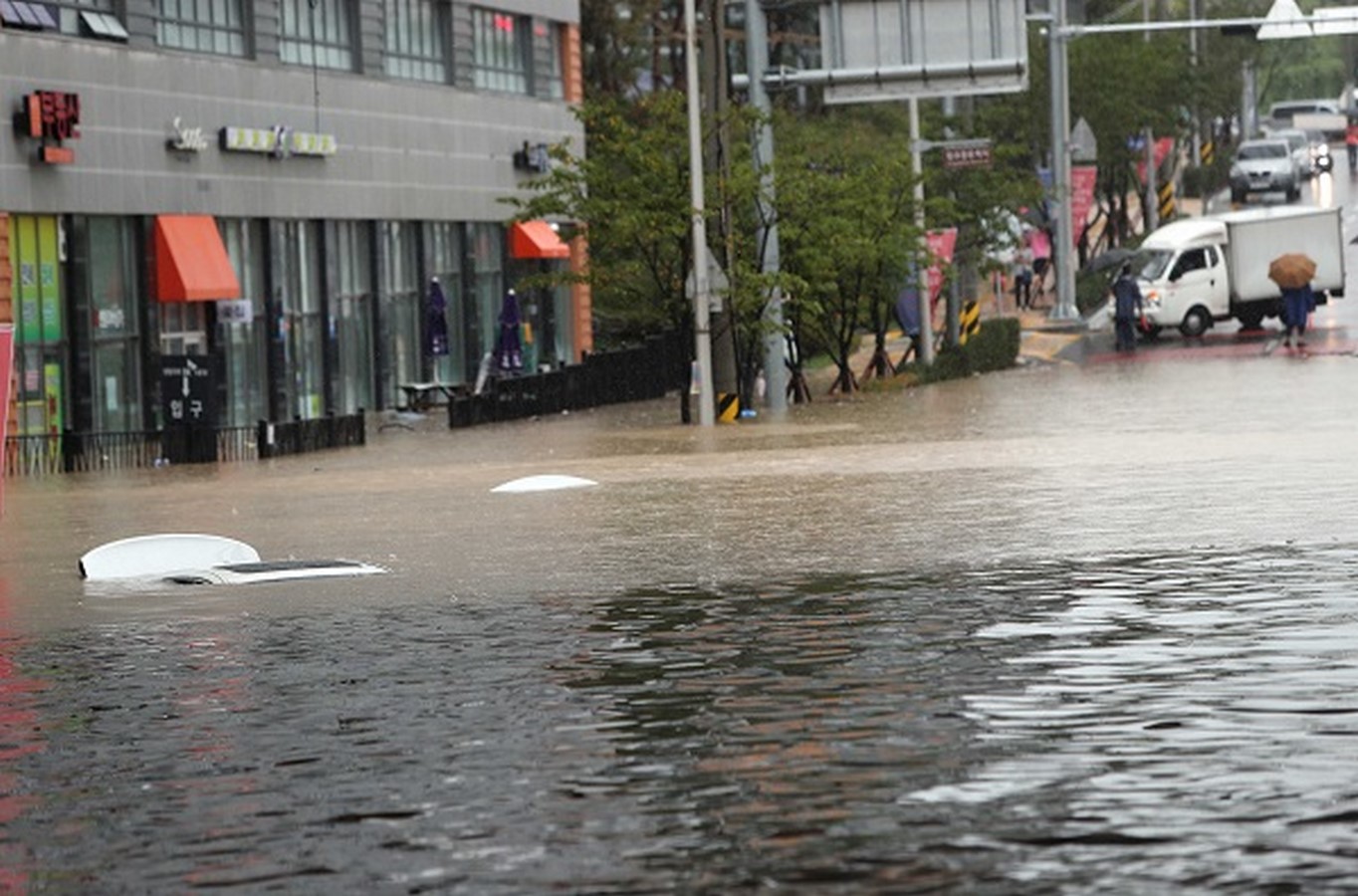
Therefore, Samoo Architects and Engineers came up with the amazing idea of OCEANIX Busan, which is likely to adapt to the rising sea levels and along with it expand into the ocean overcoming land shortages in Future.
This Prototype, the first one ever to exist, is likely to have a total of 15.5 acres of interconnected platforms, almost with a capacity to house around 1200 people.
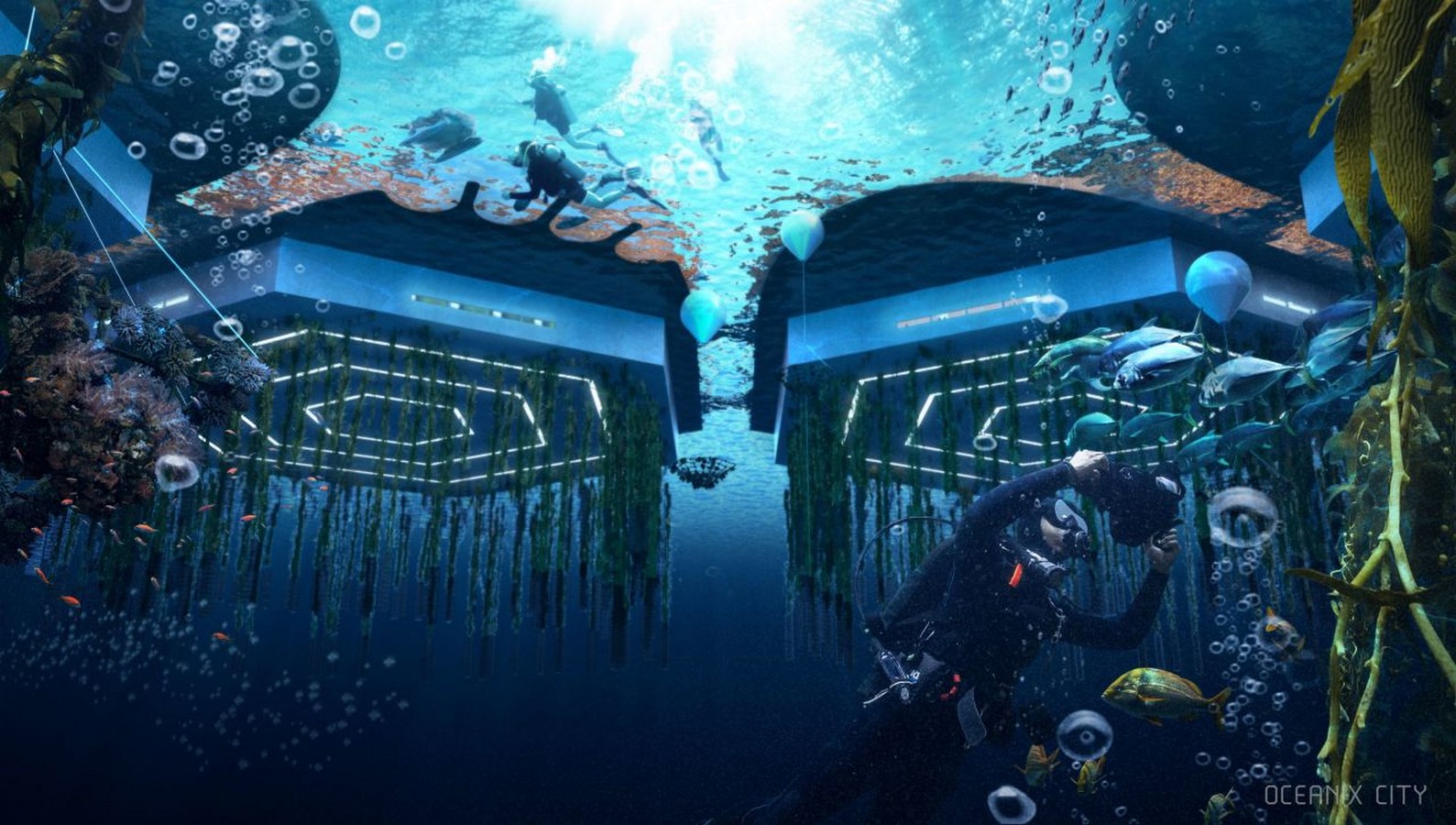
The neighbourhood comprises mostly low-rise buildings and various terraces which open outdoors for people to experience both indoor and outdoor life.
The Prototype will have the capabilities for expansion up to more than 20 platforms over time.
The floating platforms are designed in such a way that they consist of a series of productive outposts with photovoltaic panels and are self-sufficient with the goal of producing their own vegetables through greenhouses built at multiple areas within and are designed with the flexibility to expand and contract as the requirement goes for the residents of the city or the neighbourhood.
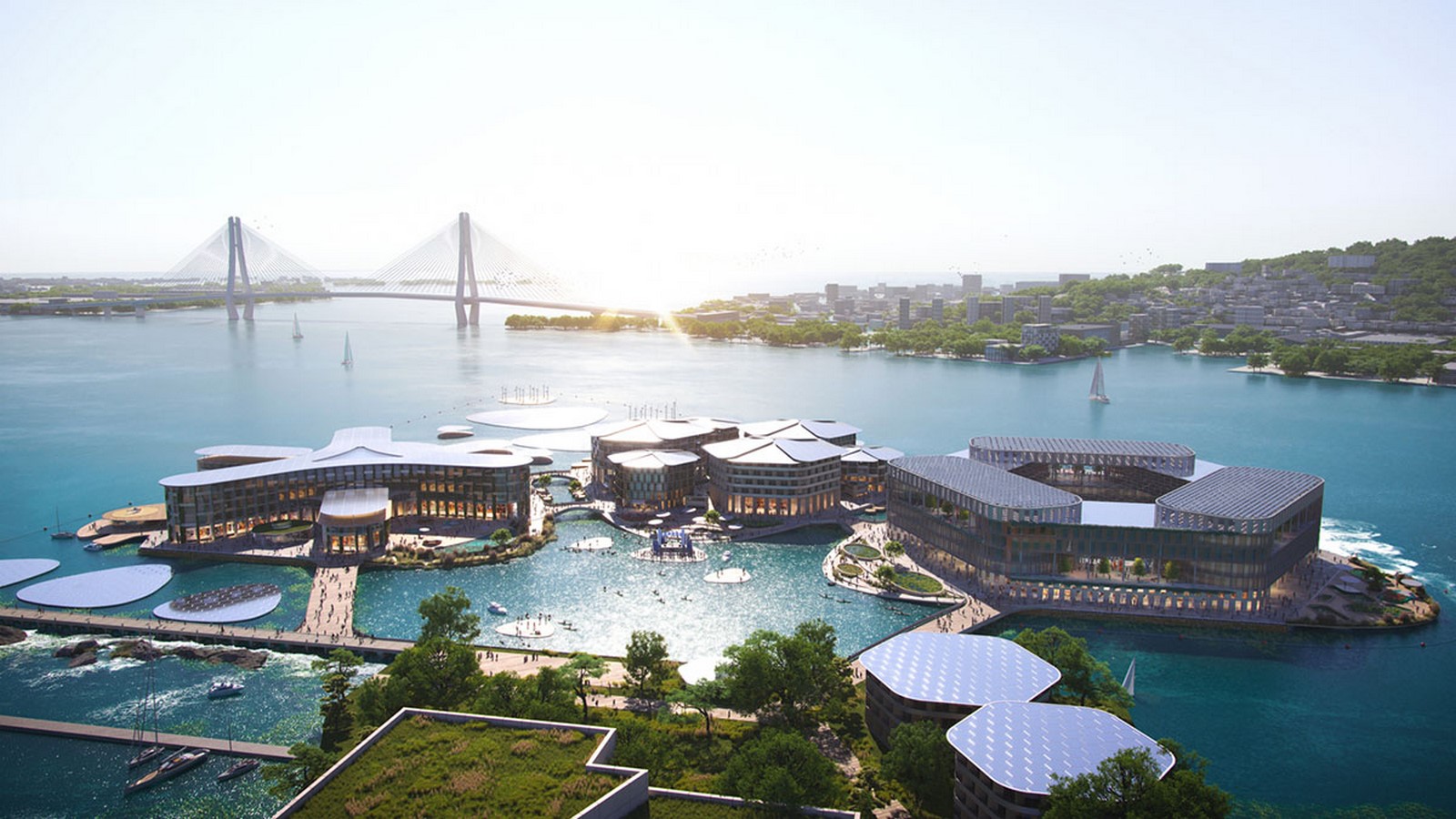
It was extremely Important to also focus on other integrated systems like zero waste and circular systems, closed loop water systems, food, net zero energy, innovative mobility, and coastal habitat regeneration, therefore,developers are cautious about it and looking forward to implementation. This project claimed to abide by the thresholds set by UN Habitat for being a sustainable city. The City targets to generate its own operational energy by installation of PV panels in rooftops and using the surfaces of floating platforms to its maximum for generation of energy.
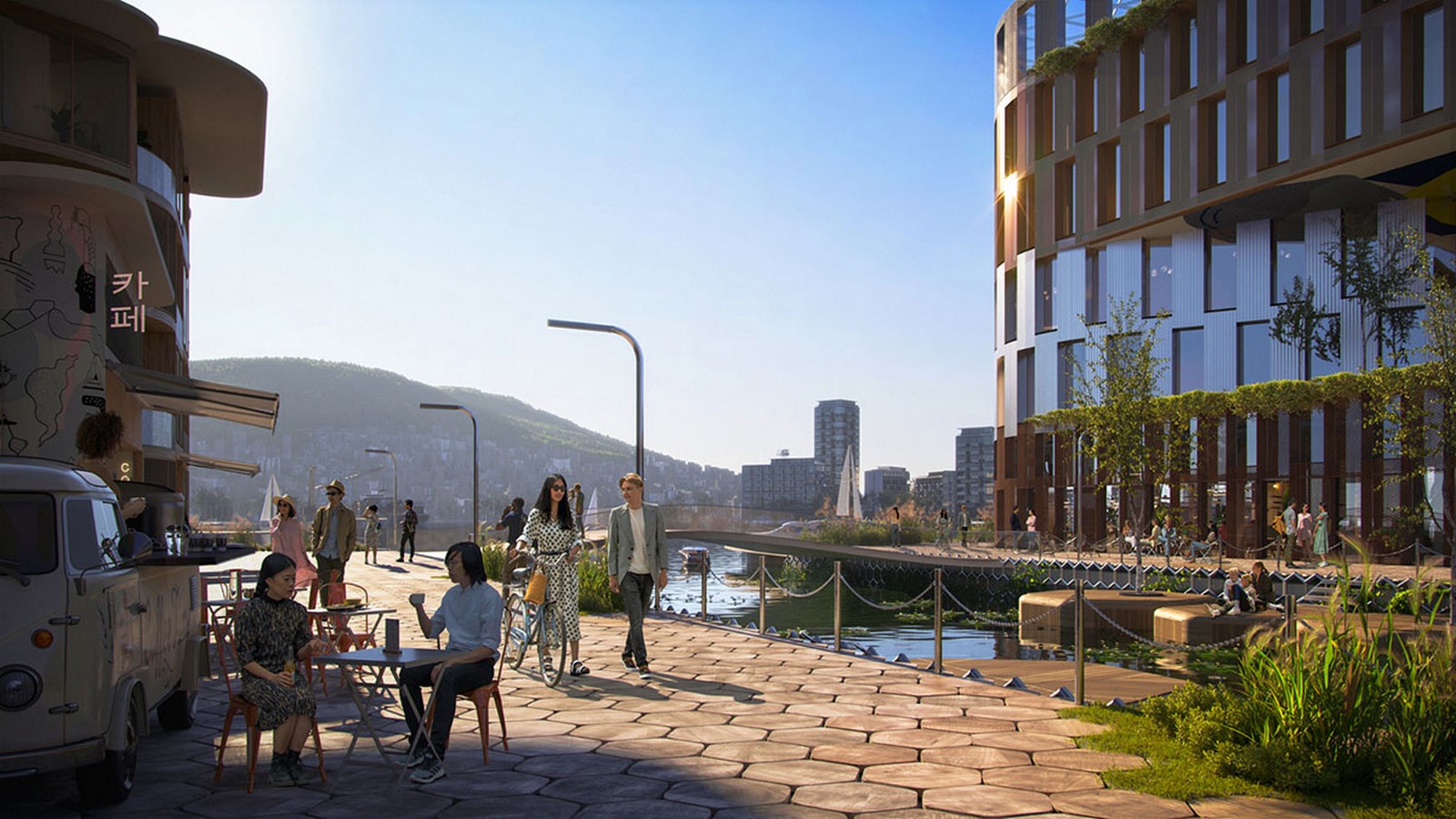
The city is supposed to be connected by beautiful bridges that will connect the floating platforms. As per the plan goes , the goal would be to provide a cityscape with all necessary areas for the society to come together and also keeping in mind the culture and social connect to be maintained within the society.
The city is likely to develop in phases and the first phase is to start with development of 6.3 hectares of area into the ocean linking the coastal land.
The city is inspired and focused on the UN Sustainable development goals and aims to provide a comfortable environment being adaptive to the cold winters and the summers. Alongside it will also consist of winter gardens and salt tolerant vegetation for summers which is likely to provide shade and in turn help in space cooling lowering energy usage during summers.

As climate change is real, and it is likely to result in rise of sea levels, floods would be common for all coastal places around the globe. But, would floating cities be sufficient to adapt to climate change alone to rising sea levels. Maybe 1st world countries would be able to adapt and invest in such cities to be built. But the question would be how would third world countries adapt, where economic stability and sustainability will come to the limelight.
But definitely it would serve as the first ever step to take up action for balancing sustainability in all terms including disaster resilience and also adapt to climate change in spite of not taking any action at all . And the likeness for the probabilities it would create for modification for all countries to adapt sooner or later.
References
1.Mahyat Shafapour Tehrany, M.-J. L. B. P. M. N. J. S. L., 2014. Flood susceptibility mapping using integrated bivariate and multivariate statistical models. Environmental Earth Sciences, 72(1).
2.Busan , Oceanix. Available at: https://oceanix.com (Accessed: June 25, 2023).
3.UN-Habitat and partners unveil OCEANIX Busan, the world’s first prototype floating city (2022) UN-Habitat. Available at: https://unhabitat.org/news/27-apr-2022/un-habitat-and-partners-unveil-oceanix-busan-the-worlds-first-prototype-floating (Accessed: June 24, 2023).
4.Busan (no date b) Samoo. Available at: https://www.samoo.com/main.do (Accessed: June 24, 2023).
5.Kang, J. H. &. J. (2022) “Assessment of flood-risk areas using random forest techniques: Busan Metropolitan City,” Natural Hazards, 111(03), pp. 2407–2429.













